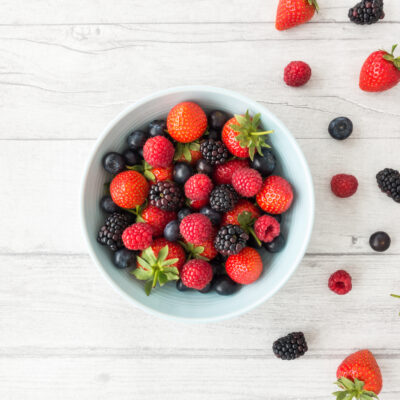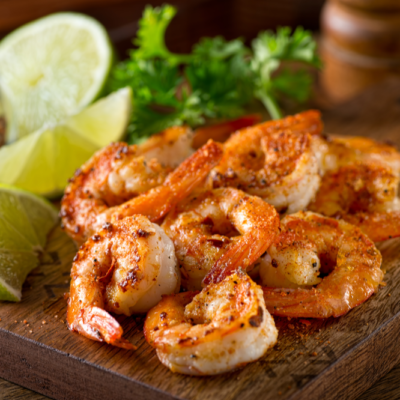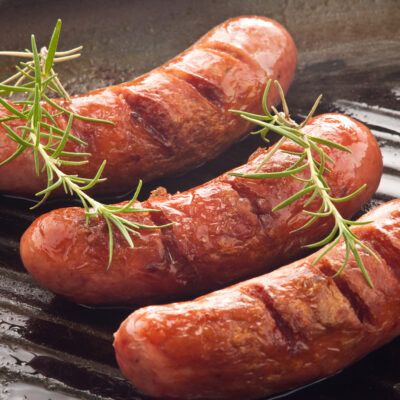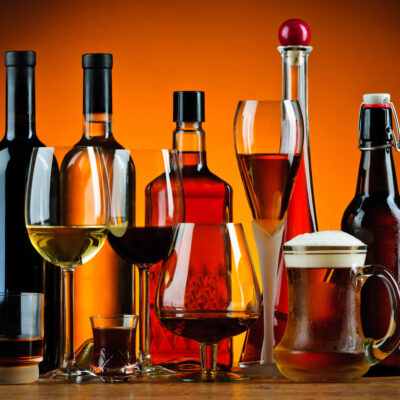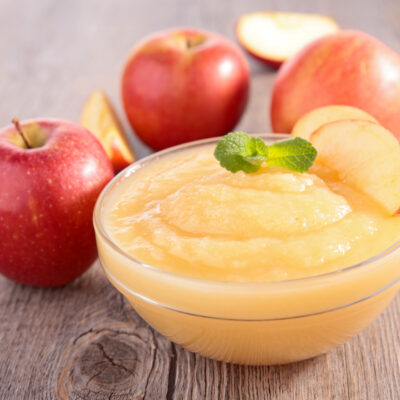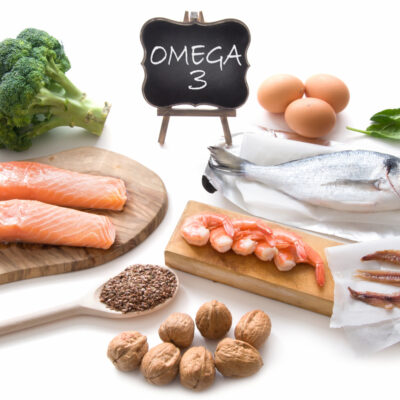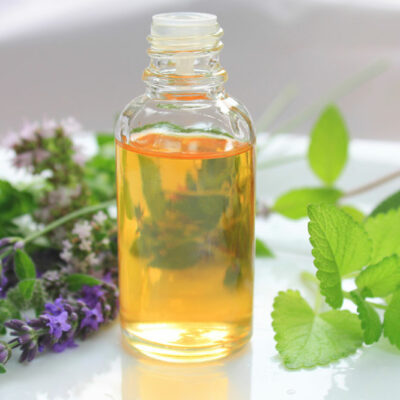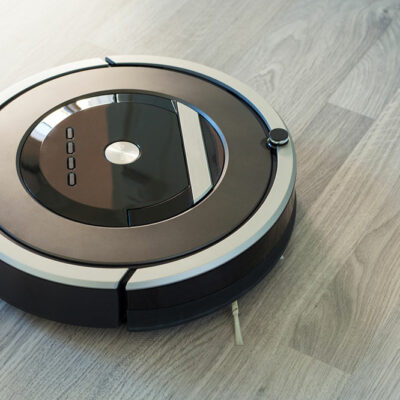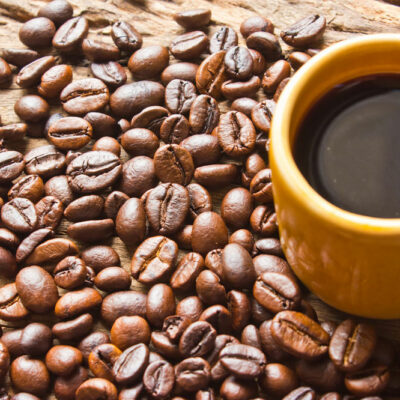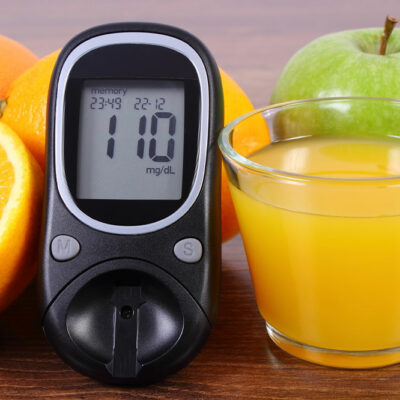
Food
4 Eating Tips to Manage Diabetes
All of us need to maintain a healthy body weight. However, if you have diabetes, the excess weight can make it hard for you to keep a tab on your blood sugar levels. This puts you at risk of diabetes and several other heart complications. The worst part about diabetes is that losing weight is extra challenging for people suffering from this disease. Thus, it is essential to make some dietary changes that help manage symptoms and keep your weight in check. Dietary tips for diabetes patients Opt for healthier carbs Carbs have a direct impact on your blood sugar levels. Thus, an essential dietary tip for diabetes patients is to have awareness and knowledge of the foods that contain carbs. It would be best if you always tried to opt for healthier foods with carbs and check your portion size. Some examples of healthy carbs include whole grains like oats, buckwheat, and brown rice, vegetables, fruits, pulses like lentils, beans, and chickpeas and dairy products like milk and unsweetened yogurt. Simultaneously, you should also cut out foods low in fiber, such as white rice, white bread, and highly-processed cereals. Before you add anything to the cart, read through the food labels, if there is ever a doubt.
Read More 